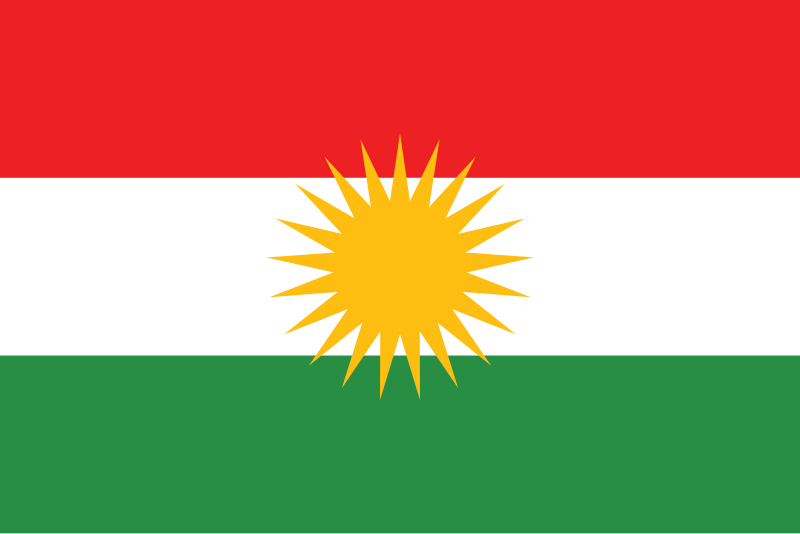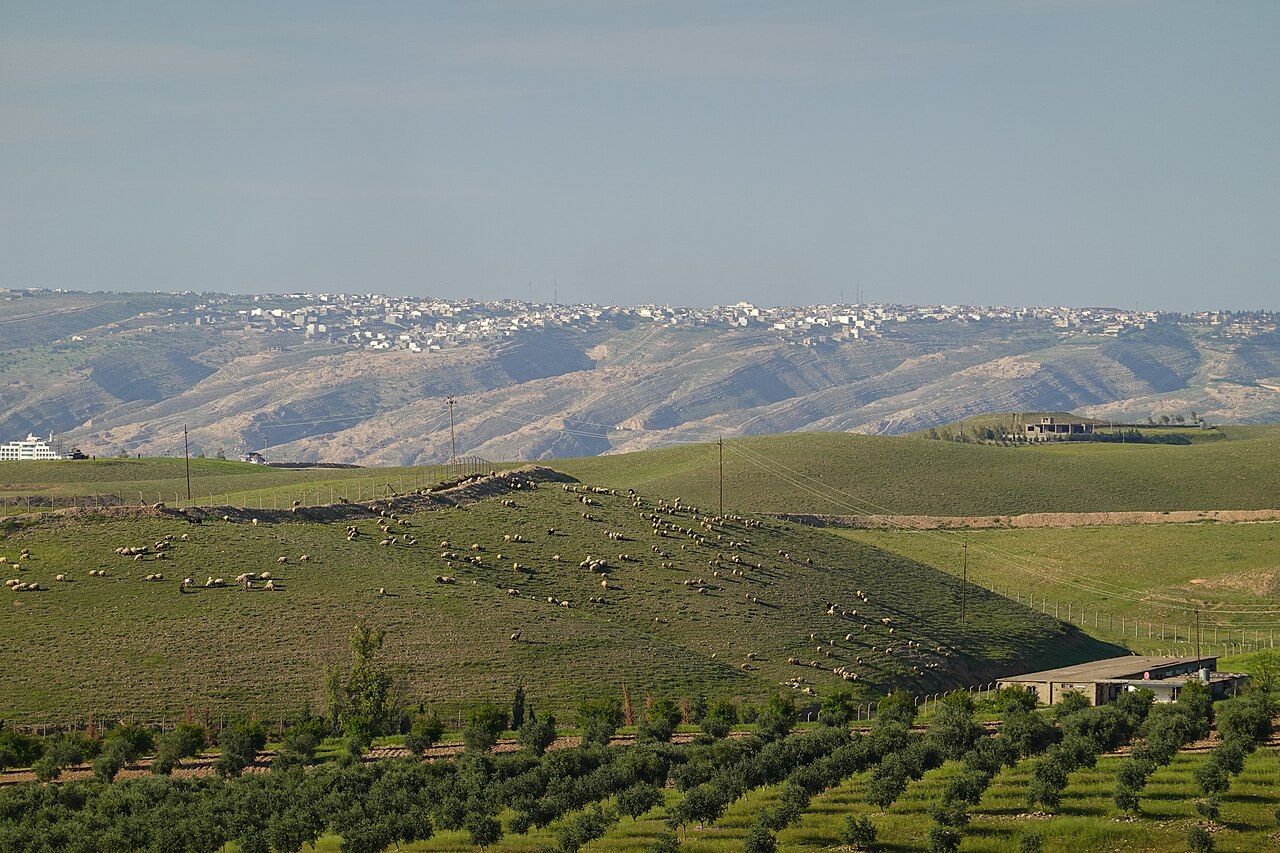The Kurds are a native people from the plains and mountains of Mesopotamia. Their traditional homeland is known as Kurdistan. Currently, it is divided between the countries of Turkey, Iran, Iraq and Syria. Kurdish migration to Canada likely began in the 1970s. It was driven by political, social and cultural oppression. Many governments sought to systemically suppress Kurdish identity. Subsequent cohorts of Kurdish immigrants arrived in later decades, further shaping the community’s presence across the country. According to the 2021 Canadian census, 23,130 people identified as Kurdish in Canada.
Kurds and Kurdistan
In West Asia, the Kurdish population is estimated to range between 36 and 46 million. The community’s homeland of Kurdistan is split between Turkey, Iran, Iraq and Syria.
The Kurdish language includes dialects such as Kurmanji, Sorani and Southern Kurdish. Many Kurds meanwhile speak Zaza-Gorani.
Kurds follow a diversity of religious practices. The majority follow Sunni Islam. However, there are also minority groups such as Shia Muslims, Yazidis, Alevis, Kakais, Christians and Jews.
Migration and Settlement
After the First World War, European powers divided Kurdistan between various states. However, they left the Kurds without a country of their own. This decision led to decades of forced migration, discrimination and loss of rights.
The first Kurdish immigrants likely arrived in Canada in the 1970s through the United Nations refugee program. (See Refugees to Canada.) Many came after the 1975 Algiers Agreement, which caused a major Kurdish uprising to collapse. Large numbers of people fled violence and political persecution.
More refugees followed in the 1980s. They were escaping Iraqi government attacks which caused mass displacement and genocide. Others left after the 1979 Iranian Revolution, which led to new restrictions on minority groups.
Some Kurdish immigrants arrived alongside other national groups but were often afraid to share their identity. In their home regions, many Kurds faced decades of cultural repression. They were not allowed to speak their language or celebrate their heritage.
A more recent migration cohort came after the 2011 Arab Spring. At the time, violent conflicts pushed thousands of people, including Kurdish families, to seek safety abroad. Many were welcomed as part of Canada’s Syrian refugee resettlement program.
Kurdish migration to Canada continues today. Much of it is driven by ongoing state repression which denies Kurds cultural and political rights.
According to the 2021 Canadian census, 23,130 people identified as Kurdish in Canada. However, community estimates suggest the actual number may be closer to 50,000, though this is uncertain. This discrepancy is perhaps largely due to the classification of Kurds under other national identities. Respondents likely report themselves under the nationalities of the countries that govern the regions of Kurdistan. These notably include Iraq, Turkey, Iran and Syria.
Social and Cultural Life
Exile and forced migration have fragmented Kurdish identity across regions and generations. Despite these challenges, Kurdish Canadians from different parts of Kurdistan have worked to preserve their heritage. They’ve also advocated for Kurdish rights in Canada and abroad. To these ends, they have formed notable community organizations. These offer cultural programming, language classes, settlement support and communal events. Their activities maintain ties with Kurdistan and raise awareness about the political struggles of Kurds in the Middle East.
In Toronto, Kurds established the Canadian Kurdish Community Centre. They also founded the Greater Toronto Kurdish House in 2006. These groups notably organize cultural events such as the Kurdish Heritage Festival and Newroz (Kurdish New Year).
Did you know?
Newroz, the Kurdish New Year, is celebrated on 21 March. It is one of the most important Kurdish holidays. Celebrations are marked by cultural events, music and gatherings. Many Kurdish organizations across Canada and beyond host celebrations on this day.
In Ottawa, the Ottawa Kurdish Community Association offers Kurdish language classes. They also offer legal support to newcomers.
In Montreal, there are the Fondation Kurde du Québec and the Kurdish Cultural Community of Montreal. The foundations run cultural and educational programs. They also help immigrants adjust to life in Quebec. (See also Quebec Immigration Policy.)
In British Columbia, there are the Kurdish Canadian Society and the Kurdish House (Mali Kurdistaniyan or Kurdi). They seek to preserve the Kurdish language and culture through festivals, exhibitions and community services.
In Alberta, the Canadian Kurdish Friendship Association in Edmonton was founded in 2000. It aims to educate Canadians about Kurdish culture and their struggles. Meanwhile, community members registered Calgary’s Kurdish House in 2020. The organization is dedicated to uniting the Kurdish community. It also participates in cultural events, such as GlobalFest.
In Manitoba, the Kurdish Initiative for Refugees was founded in 2015. The organization focuses on assisting Kurdish and Yazidi refugees with settling into Canadian society.
Kurdish Leadership and Community Engagement
Several prominent Kurdish leaders have played an important role in promoting Kurdish rights, cultural expression and identity throughout Canada.
Kurds have made important contributions to the field of linguistics. For instance, Amir Hassanpour is a scholar known for his work in protecting the Kurdish language. In the 1990s, he played a key role in pushing for Kurdish language rights and identity. Jaffer Sheyholislami is another Kurdish scholar and educator. He specializes in applied linguistics, discourse studies and sociolinguistics. His research explores language policy, identity formation and the role of new media in Kurdish communities.
In the field of literature, Jalal Barzanji is a Kurdish Canadian poet. His poetry delves into themes of exile, identity and other Kurdish experiences. Meanwhile, Ava Homa is a Kurdish Canadian author. She is best known for her novel Daughters of Smoke and Fire. The story highlights the struggles of Kurdish women and refugees under oppression.
Kurdish Canadians have also made their mark in the world of fine arts. For instance, Rzgar Hama is a director and actor whose theatre work explores war, identity and resistance. Hama draws from his Kurdish heritage and experience of political exile. In the world of cinema, Soran Mardookhi is a notable Kurdish Canadian figure. He is known for his work in film, television and documentary. His film Turbulence (2014) explores the long-term effects of war on Kurdish people. Khadija Baker explores themes of identity, displacement and memory through participatory storytelling and performance. Baker is a member of Concordia University’s Centre for Oral History & Digital Storytelling.
Many Kurds in Canada have become entrepreneurs. This includes Kami Rahmati who founded Waves Coffee House in 2005. The company grew into a franchise with, as of 2022, over 27 locations.
In medicine, Dr. Khorshid Mohammad is a physician known for his work in neonatal neurology. He established Canada's first neonatal neurological intensive care program at Alberta Children's Hospital.

 Share on Facebook
Share on Facebook Share on X
Share on X Share by Email
Share by Email Share on Google Classroom
Share on Google Classroom


